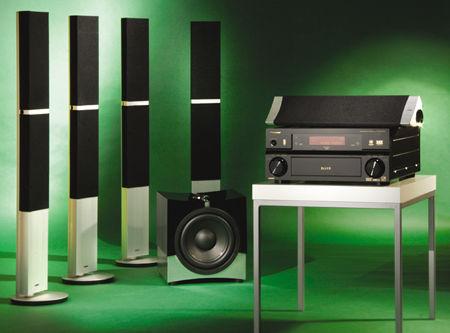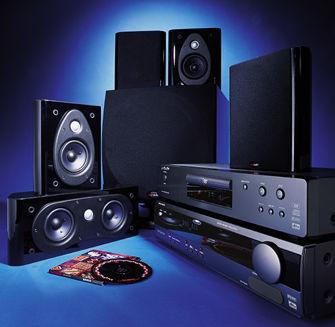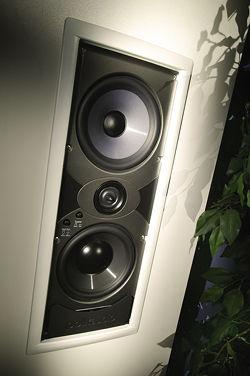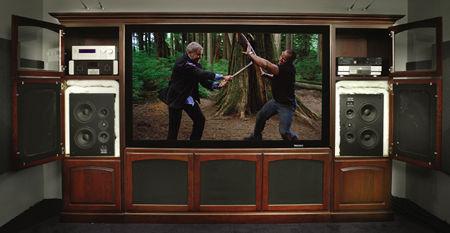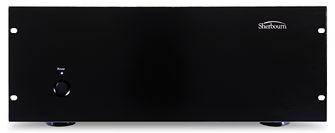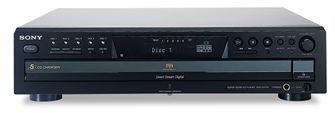Chris Lewis
Sort By: Post Date | Title | Publish Date
|
Nov 17, 2005
|
Apr 09, 2002 |
Published: Apr 10, 2002
|
Jan 18, 2005 |
Published: Jan 19, 2005
|
Oct 15, 2004 |
Published: Oct 01, 2004
|
Jul 14, 2003 |
Published: Jul 15, 2003
|
Jul 11, 2002 |
Published: Jul 12, 2002
|
Jul 20, 2005
|
Jul 02, 2001 |
Published: Jul 03, 2001
